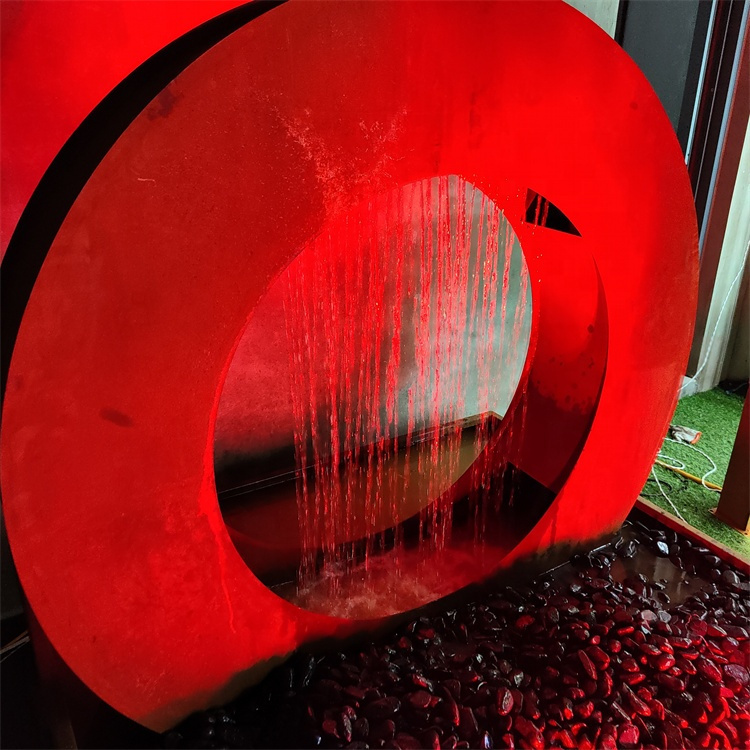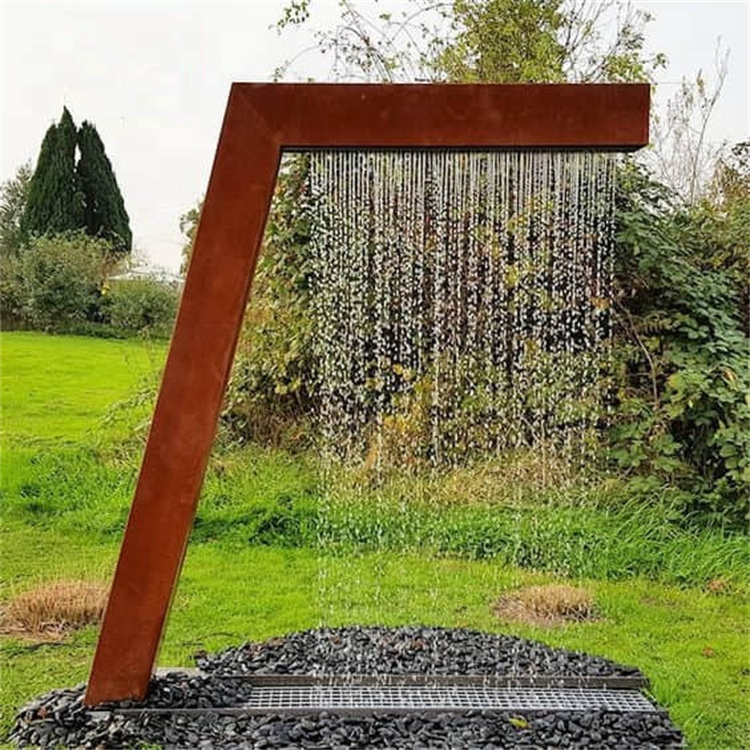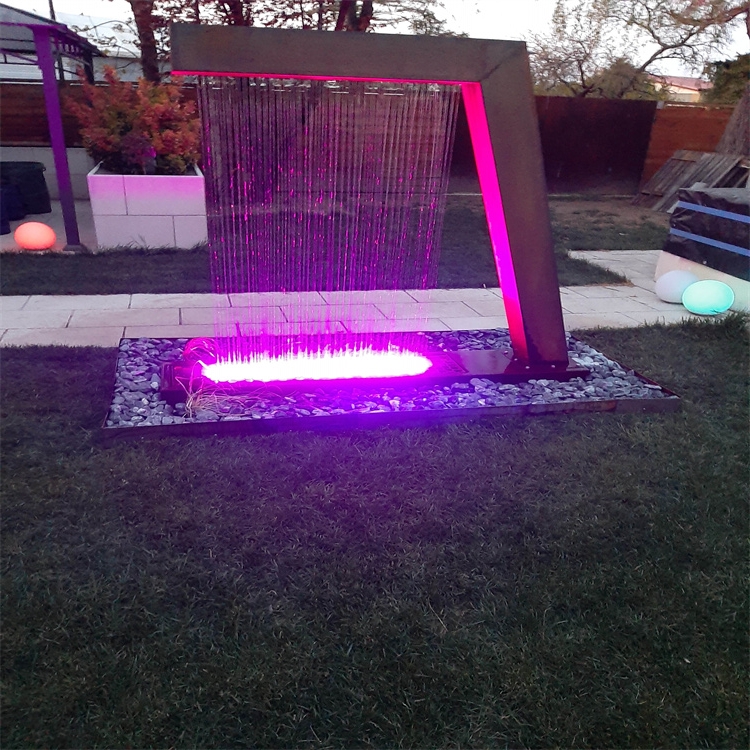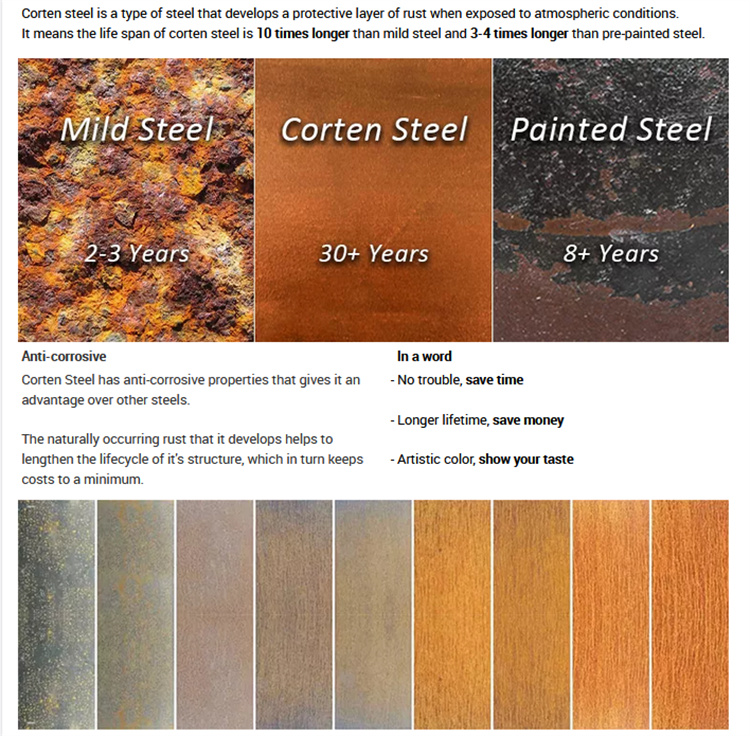In the printing process, whether the ink can be fixed on the surface of the substrate in time, and whether the ink can be dried quickly after the printing is finished directly affects the quality and the production efficiency of the printed matter. If the ink is not dried in a timely manner, it will cause the back of the printed product to be stained, stick back, and cause reverse fault-printing or color mixing when entering the next set of printing, which will affect the duration of the postpress production. So we want the ink to fix and dry quickly after it is transferred to the surface of the substrate. Below we will analyze the problem of ink drying in the sheetfed offset press (hereinafter referred to as offset printing).
Ink drying problem
Dry form of ink
There are three main types of dry ink used in offset printing:
Permeation drying (Rely on the penetration of the low-viscosity component in the ink during printing, leaving the highly viscous components <resin and pigment> on the surface of the paper)
Oxidative polymerization drying (reaction with oxygen in the air, is a three-dimensional spatial distribution of dry vegetable oil molecules into a network of macromolecular structures.)
UV drying (Ink linking material is added with a photosensitive material, which decomposes activated atoms or atom groups under the irradiation of a certain wavelength of ultraviolet light, and undergoes a chain reaction with an ink component containing an unsaturated bond, so that the molecules crosslink, and the ink is cured and formed into a film. ).
In fact, there are many ways to dry ink, such as volatile drying, infrared drying, microwave drying, hot air drying, but the use of sheetfed offset press is still small, solid text is not introduced
Ink composition
The composition of the ink is mainly composed of a pigment, a binder, a filler, and an adjuvant, and the main ingredient that determines the drying method is a binder. The composition of the binder varies and the drying mechanism varies.
There are two main types of inks we use in sheetfed printing today: regular resin inks and fast-drying bright inks.
The main components of the binder resin in ordinary resin inks are resin, mineral oil, and a small amount of dry vegetable oil, which are mainly dependent on the penetration of the mineral oil components in the binder, so that the resin binder on the surface of the substrate continuously increases the viscosity and achieves Dry solid, which dry vegetable oil but also with the oxygen in the air oxidation polymerization reaction further drying. This also determines the scope of application of this ink is mainly for the printing of the surface of the absorbable substrate.
The content of dry vegetable oil in fast-drying bright ink is obviously higher, and the content of mineral oil is lower than ordinary resin ink. The drying of ink mainly depends on the two steps of mineral oil penetration and dry oil oxidation conjunctiva. The dry oil component contained in the adjuvant can promote the oxidation process of the dry oil in the ink (principle: adsorption of phospholipid antioxidants in the ink, and promote free radicals, free radicals with high activity Polymerization continues to occur). It is mainly used for substrates with poor smooth surface absorption (such as exquisite pictures and printed copperplate paper).
Transfer of ink from printer to substrate surface
The first is the transfer of ink from the ink fountain through the ink distribution system and the printing plate to the surface of the blanket.
High-viscosity inks are subject to splitting, shearing, and rubbing on the press, the viscosity decreases and the flowability increases (this is due to the thixotropic nature of the resin colloid in the ink.)
The so-called thixotropy is the effect of the colloid under the action of the external force to reduce the viscosity of the liquid and improve the fluidity of the colloid when the external force is removed.
The ink is then transferred from the blanket to the surface of the substrate.
The ink is absorbed by the surface of the substrate under pressure. At the same time, the low-viscosity phase (mineral oil <ink oil> and a portion of vegetable oil) in the ink begins to penetrate the interior of the paper. The viscosity of the ink begins to increase due to the loss of the low-viscosity phase. When the property is lowered, the ink changes from a liquid state to a semi-solid state and cannot be transferred again. This is the fixing stage of the ink.
Then the substrate leaves the embossing area and begins to enter the next color print (multicolor machine).
Due to the disappearance of pressure, the surface of the ink and the substrate are relatively stationary, and the viscosity of the ink is further increased (thixotropy of the ink). The strength of the semi-solid ink film formed at this time is to ensure that the ink is firmly fixed on the paper to ensure that the ink film is not damaged when the next overprinting and product stacking are carried out, and no pre-conditions for back-scratching occur.
Finally, the stationary process of the substrate after printing on the printing press. In this process, the remaining mineral oil in the ink on the substrate continues to penetrate into the paper (we refer to this penetration as free penetration) and the viscosity of the ink continues to increase; at the same time, the dry vegetable oil in the ink reacts with oxygen in the air. A huge network of molecular structures is formed. This process is the thoroughness of the ink.
The ink printed on the surface of the substrate until then has been completed. After understanding this process and its mechanism, we will find that it is very simple to analyze the problem of ink drying, because the problem of slow drying of ink in almost all printing is caused by the intervention of a step in the process. .
(to be continued)
The new weathering steel spot weathering steel hollowed out metal curtain, simple and generous without losing the sense of design.
Door modeling Water Curtain naturally combines the three elements of sculpture, lighting and waterscape. What is the water curtain and what is it composed of? HNJBL Company will explain to you today. Water flows along a special line. Because the water hole is small and thin, it looks like a curtain of water when flowing down, forming a silent flashing water curtain. It can play a role in indoor viewing, space spacing and coordination with interior design. Water curtain can achieve artistic effect through artificial control of water flow and meet people's hydrophilic requirements.
Size:600mm, 800mm, 1000mm or customized
Material:Corten Steel / Weathering Steel/Stainless Steel
Weight:60-100 kg
| Name |
Corten Steel Garden Water Feature |
| Material | Corten steel |
| Size | 1200*400*1200mm or customized |
|
Surface |
Pre-rusted |
|
Technology |
Laser cut |
|
Application |
Outdoor |
| Steel thickness | 2 mm |
| Packing |
Pallet |

Features:
1. Corten steel – forms a stable, self-protecting rust that requires no painting or maintenance, for a fashionable aesthetic which doesn't compromise structural strength
2. Cascading blade - emits a pleasing sheet of water3. White LED light - built into the cascade, illuminates the feature
4. Suitable for outdoor use
5. Self contained - no need for a continuous water supply



Corten is a type of steel that naturally weathers over time, and developing an attractive and protective rust layer. It is really a paradox, as although it is rusted, to a degree, the surface actually has a layer that protects against further corrosion. In other words, the steel is allowed to rust in order to form the protective coating. This protective layer develops due to the elements that are active in the alloys of the steel. It regenerates continuously when subjected to the influence of water and oxygen.

Packaging & Shipping

Garden Water Fall,Backyard Water Fall,Garden Water Fall,Garden Waterfall
Henan Jinbailai Industrial Co.,Ltd , https://www.jblfirepits.com